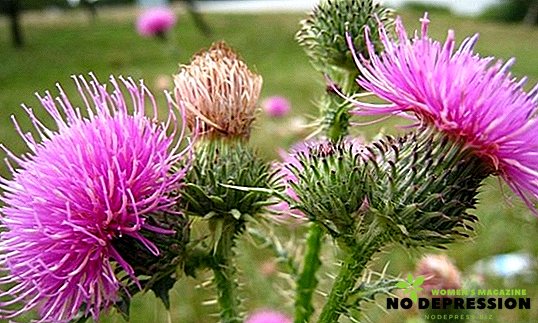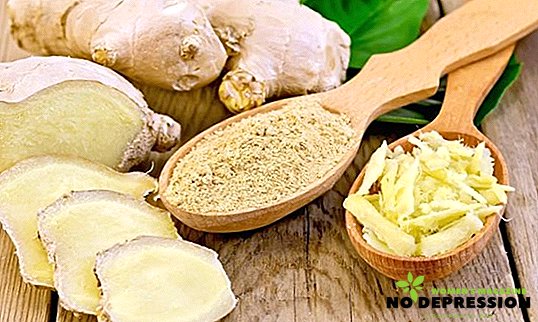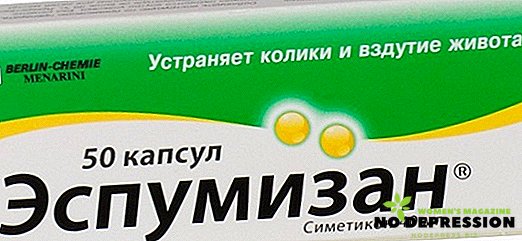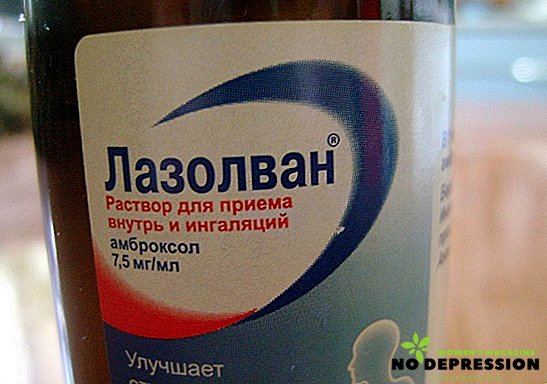Insulation - a barrier between the warm air in the house and cold - on the street. In our article we will tell you about which variant of insulation you can choose, what are their pros and cons, installation features.

Ways of warming and other important nuances
There is internal and external insulation. The second is more efficient than the first, because it allows to work without reducing the useful area, prevents the formation of condensate on the walls, keeps the air warm for a longer period.
There are the following methods of thermal insulation:
- Facing, in which decorative decoration is additionally carried out.
- Hinged. In this case, use a special structure of steel sheets and the selected cladding layer.
- Wet way. In this case, insulation, such as foam, is attached to the walls with glue or plaster.
- Spraying method when spraying liquid insulation on the surface.
It should be noted that more than half of the heat goes through the walls, because the insulation procedure is necessary not only to maintain a normal microclimate in the apartment, but also to save finances.
When choosing insulation, it is necessary to focus on the material of the walls, since individual heat insulators and technologies are used for various surfaces.
They insulate not only houses, but also apartments, which allows keeping a comfortable microclimate indoors.
Properly choose the material for thermal insulation
The choice of thermal insulation for 100% depends on the microclimate in the room. Let's look at all the options available, this will allow you to purchase the most suitable material for all parameters.
Styrofoam
 It is lightweight, cheap and easy to install material. Its advantages include:
It is lightweight, cheap and easy to install material. Its advantages include:
- excellent moisture resistance;
- high level of sound insulation;
- high-quality thermal insulation characteristics.
But there are also disadvantages. For example, brittleness, low breathability, the material quickly ignites. Before mounting, draw horizontal lines on the surface - they will be the upper and lower edges, along which you need to install insulation. Mount it on a special glue.
Mineral wool
One of the common ways. It is a fibrous material that is made from minerals. The main advantages of the material include the fact that it is perfectly breathable, characterized by low flammability. This heat insulator is suitable for mounting on any surface. Its only drawback is that the mineral wool absorbs water, because it is so important to make high-quality waterproofing. The lifetime is approximately 50 years.
Styrofoam
The second name is penoplex. It is denser than foam, but more durable, it does not burn so well. It is water resistant, resistant to deformation. The disadvantages include poor sound insulation. Produced by plates that are attached without gaps, which will protect the material from damage by rats or insects.
Polyurethane foam
Thermal insulation is carried out by spraying on the prepared surface. The advantages of this material include:
- when applied fills minor damage on the facade;
- covers surfaces without joint;
- after hardening it becomes durable;
- differs in the increased moisture resistance level;
- perfectly isolates external sounds.
Basalt slabs
Basalt slabs are attractive because they are environmentally friendly. The material does not burn, protects from cold and wind, does not accumulate moisture in itself. Basalt slabs can be mounted on any surface. Installation is very simple, because it can be done independently.
The choice of insulation, depending on the facade
It is very important to take into account the material of the facade, since this also affects the selection of insulation.
Tree
A tree has a number of advantages over other materials for building a house, for example, lower price, environmental friendliness.

But there are also disadvantages: poor thermal conductivity, the presence of gaps between the blocks.
If you decide to warm the wooden house, it is best to use manvata, polyurethane, polystyrene foam.
With their help, you not only transform the facade, but also increase the thermal efficiency of the house, thus avoiding the appearance of dampness and mold. Important point: it is necessary to make a waterproofing layer.
Brick
If you want the house to maintain a stable, comfortable "weather", you should also carry out external wall insulation. It is very important to note that when choosing a material it is necessary to take into account the structure of the brick itself: ceramic, hollow, etc.
A fairly common method is the use of foam or mineral wool.
The choice of insulation for siding
Today, many when finishing houses use siding panels. It’s quite simple to explain: it is inexpensive, it has a long service life. The use of thermal insulation will not only save money on heating, but also increase the life of your home.
So, if you decide to use siding for finishing, it is best to choose a heater such as:
- Minvat. Attracts with its incombustibility, high level of moisture absorption.
- Ecowool It has similar benefits, but contains less harmful substances.
- Glass wool. Affordable, non-flammable.
- Styrofoam. Its advantages in vapor permeability and heat resistance.

When choosing a material for siding should consider the advantages and disadvantages. For example, at mineral wool such a property as sound insulation is much better than that of foam plastic or expanded polystyrene (when using these materials, sound insulation is not enough). On the other hand, the use of penoplex will make the house more moisture-resistant, because the mineral wool loses its qualities when wet. If you decide to choose this material, you will have to carry out additional work on the vapor barrier.
For example, the average lifetime of the foam is about 10 years, but the mineral wool is much longer.
It is necessary to consider such moments as:
- Properties of the selected material.
- Location of the house.
- Climatic conditions.
Penlex and Minvat Applications - Step-by-Step Guide
If you decide to use penoplex or mineral wool, the first thing to do is to prepare the surface for the work.
Preparation consists of the following steps:
- Removed the old layer of insulation (if any).
- All cracks on the surface are repaired.
- Removed dust, small debris.
- Walls are covered with deep penetration primer.
- In order to set the insulation smoothly, you need to set the beacons.
- We fasten an anchor to the upper edge of the wall, tighten the cord through them and lower it down. Thanks to this you will be able to carry out the work as accurately as possible and evenly lay down the material.
Let's consider the features of the installation of insulation with their own hands.
If you decide to use penoplex, then you should immediately say that the surface should be 100% dry. If the surface is exactly this, you can start work: take a sheet of material and fix it on the wall with glue, and the glue is better applied to the plates themselves (some additionally use dowels to fix the quality).
Be sure to check the leveling of the installation using the construction level. As soon as the first layer is ready, you can proceed to the next one and so on. All joints and joints should be closed with reinforced tape, on top of all primer and plaster.
When choosing mineral wool, you need to make a wooden frame, and the distance between the slats should be less than the width of the slab literally 5 mm. In this case, the insulation will be laid as tightly as possible. From above plates are covered with polyethylene that will allow to avoid material getting wet.
As you can see, there is a huge variety of insulation for exterior walls. When choosing it is important to take into account the characteristics of the materials themselves and the surface of the facades.












